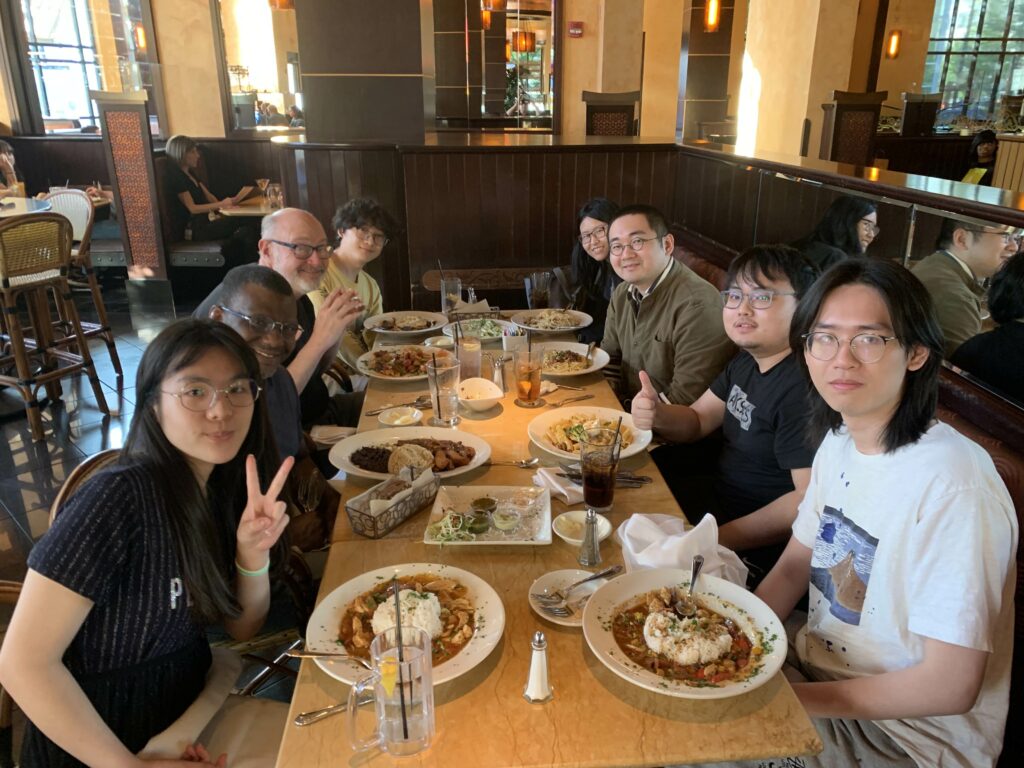Here is our project trailer video:
Here is our final presentation:
Here are information we included for our post-mortem report:
What went well:
1. Project Management and Production: Weekly Meetings, Weekly PowerPoint, Daily Standups:
The Project Management process was very crucial to define a rhythm for this project. We engaged in a very formal process of Agile by ritually running a process that included: setting up weekly goals, starting the weekly sprint, producing an increment by the end of each sprint, initiate a sprint review.
Because we were meeting with our client every week (every Monday night from 7 PM EST to 8 PM EST) for an intense process of critique and feedback, we quickly established a rhythm and a practice. This practice was to produce a progress update presentation deck that includes every team member’s weekly progress.
Presenting such a presentation deck is a crucial way for the project manager to enforce regular and frequent updates from the team members. Such updates really help not only the SME understand where we are in our progress, but also help other team members see the work made by their peers, and offer a space to critique and make feedback internally. It is safe to say that a meeting and a presentation like this every week really helped construct a solid information-sharing routine. In this way, every member of the team rarely deviates from the common goal.
A very strict daily standup was also enforced in this development process as a way to update each team member’s progress vs the previous day. Setting up this routine and running it daily is significantly beneficial.
2. Clear goals, well-defined scope, and timeline:
After the narration was complete, we (the project team) had a very clear idea of what game we were making. We knew we are making two modes for this game and marrying the two modes together. One mode is the First Person Dungeon mode, and the other is the Top-Down Museum mode.
We carefully evaluated the amount of work needed for either mode and together made a timeline and milestones to guide us through the development. We always included buffer time so that when our iteration goes wrong, we have time to react.
3. Communication: In-team communication, SME communication, and advisor communication
We established a very good internal communication platform (WeChat) where everyone can respond quickly. This worked as a place to communicate instant messages and important announcements. We also used Discord as a data hub to store key information for the project, such as Art updates, UI updates, etc.
On top of the communication platforms, we also spent a lot of time in person and worked on specific aspects of the projects in smaller teams. We were also always ready to share with other team members on our current process for critique or guidance. For example, the programming team often gathered to discuss detailed problems encountered and were ready to look for production suggestions from the producer. The producer is always ready to take their questions or concerns and make judgments and suggestions with the sprint goal in mind.
Communication with the SME was also very crucial. Hours before every meeting, the producer sent out an email to remind the SME that the meeting would take place soon, and in a few words, described the agenda of the meeting. The SME, in this case, would come into the meeting with certain expectations and be potentially ready to give feedback in specific areas.
The producer also established a good channel of communication with the faculty advisor by organizing a one-on-one meeting every mid-week. This meeting was a safe space for the faculty advisor to discuss their honest concerns/questions about the project team’s overall performance, without directly addressing the issues to the team members. This meeting was also a safe space for the producer to share the team’s concerns with the project, such as lacking of resources. This meeting helped establish a bridge for the producer to navigate between Faculty and Team Members, so the producer could help steer the team in the right direction.
What Could Have Been Better
Even though this project is in a good state and contains a good foundation and playable loop, it is still far from being a product that we can use to pitch to any game company management team. A lot of the important aspects are missing or questionable.
User Experience: None of the team members had UI/UX experience. Therefore, the game has a very basic layout and interactions that can use a lot of rework. We were not able to provide clear feedback when a player interacts with the museum mode.
Art Style: Art style is very inconsistent in our game. We chose to do a Pixel game but we also included characters that are not pixel in the museum section. Because this is a demo to prove the game loop, we could still use some more time, in the beginning, to define our art style better.
Lessons Learned
- It is crucial to run a formal project management process such as Agile because it helps the team to produce weekly increments for playtest and SME review.
- Enforcing weekly presentations that cover works made by each individual, is a good way to internally obtain individual progress. With this progress, the producer can organize and summarize the work of the week, and make sure nothing is deviated from the sprint goal or project goal.
- A clear goal helps establish scope.
- Setting a weekly communication session between only the producer and the faculty advisor is a good way to obtain honest project progress, and to reduce confusion for both sides.
- UIUX designer is very crucial for a mobile game.
Celebration
To celebrate a great semester, our instructor Chris invited everyone to a dinner! <3

